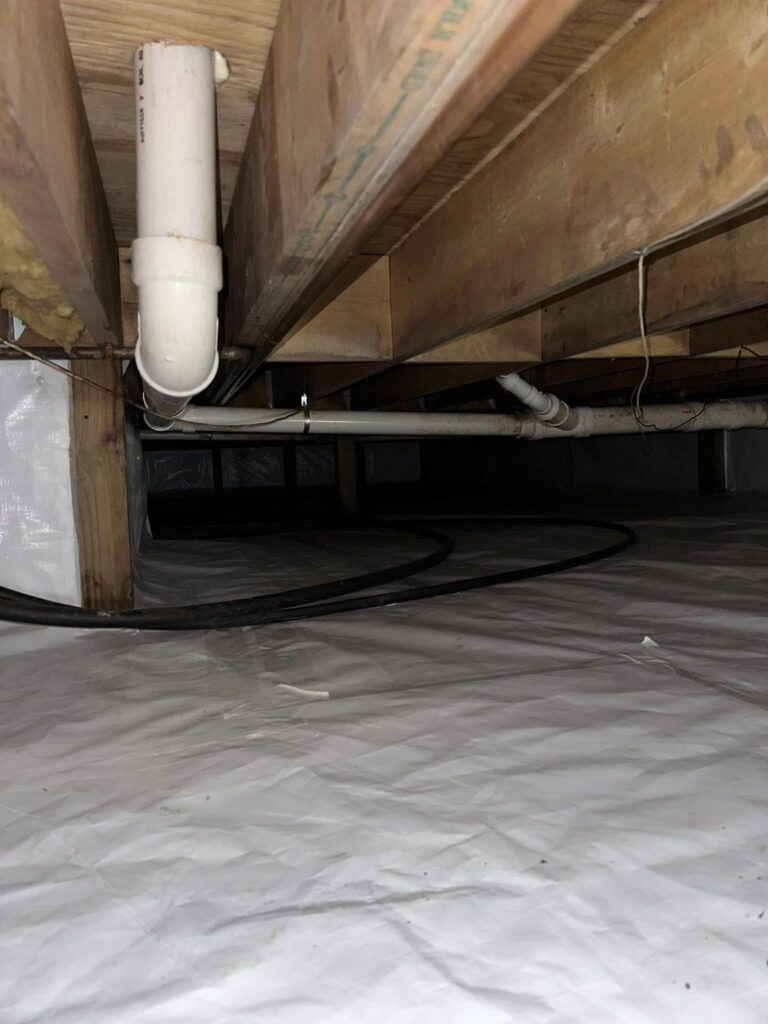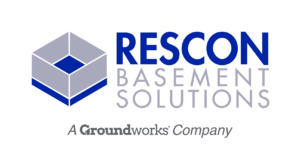Do I Need a Vapor Barrier in My Crawl Space?
Aug 02, 2023
While vapor barriers are an incredibly effective waterproofing solution, they are often overlooked when it comes to crawl spaces.
Rescon Basement Solutions’ latest blog post discusses what crawl space vapor barriers are, signs that you should install them in your crawl space, and what the installation process typically entails. Contact Rescon today to learn more or to schedule an appointment in Southern New Hampshire and Eastern Massachusetts.
What is a Vapor Barrier?
A crawl space vapor barrier is designed as a moisture barrier to protect the walls, ceilings, and floors of a structure from water vapor. It acts as a protective layer and hinders the movement of moisture from areas of high humidity to low humidity.
Typically made from materials such as polyethylene plastic or foil sheets, vapor barriers are typically installed toward the interior of the building to protect the living space from moisture intrusion. A properly installed vapor barrier will cover the entire crawl space to keep moisture out.
Additional benefits of a vapor barrier in your crawl space include better indoor air quality, improvement of your home’s energy efficiency, and some people use their new moisture-proof area for additional storage space.
A vapor barrier helps protect your home and its structural components from serious damage. Condensation that could otherwise lead to mold growth, wood rot, and structural deterioration can be effectively mitigated with a vapor barrier in place.
Signs That You Should Install a Vapor Barrier
Trying to decide whether or not to install a vapor barrier? Consider doing so if you notice any of the following issues in your home:
- High Humidity or Condensation: If you notice water droplets forming on the interior surfaces of your walls or windows, it could be a sign of excessive moisture and high humidity. This condensation indicates that warm, moist air is making contact with cooler surfaces, which might lead to mold growth and water damage over time.
- Mold Growth: The presence of mold or mildew on walls, ceilings, or floors indicates that moisture is seeping into these areas. Not only can mold damage building materials, but it also poses health risks to any of the building’s occupants. Installing a vapor barrier can help prevent mold growth by reducing the moisture levels in affected areas.
- Peeling Paint or Wallpaper: When moisture penetrates walls, it can cause paint or wallpaper to peel and blister. If you notice these issues, it’s an indicator that moisture is affecting your interior spaces, and a vapor barrier may be necessary to address the problem.
- Wood Rot or Decay: Homes with crawl spaces or basements often have untreated wood that, when it comes in contact with soil or concrete, can absorb moisture, leading to rot and decay. Installing a vapor barrier in these areas can block moisture and protect the structural integrity of wooden components.
The Vapor Barrier Installation Process
Installing a vapor barrier requires careful planning and precision to ensure the installation is effective. Here are the steps typically involved in the vapor barrier installation process:
Site Inspection
Before the installation begins, your professional will perform a thorough inspection of the building’s structure to identify areas with moisture-related issues. This assessment helps determine the best type of vapor barrier and its placement.
Preparation
The installation area will need to be cleared of any obstacles, debris, or existing materials that could hinder the installation process.
Application
The application process typically beings with the technician installing the vapor barrier on the warm side of the insulation. For walls, the barrier is typically placed between the interior drywall and the insulation. The barrier will be secured with adhesives, staples, or other appropriate fasteners.
Sealing Joints
After the barrier has been applied, all joints, seams, and overlaps will be sealed to create a continuous barrier. This step is crucial to ensure that no moisture can seep through any gaps in the vapor barrier.
Quality Check
When the installation is complete, the technician should perform a quality check on the vapor barrier to ensure that everything looks right and there are no gaps for moisture to enter through.
Contact Rescon Basement Solutions for Vapor Barrier Services in Southern New Hampshire and Eastern Massachusetts
Installing a vapor barrier is an important step to take in the crawl space waterproofing process. For vapor barrier installation services throughout Southern New Hampshire and Eastern Massachusetts areas, turn to Rescon Basement Solutions. We’ll help you keep your home and crawl space free from any moisture-related problems.

